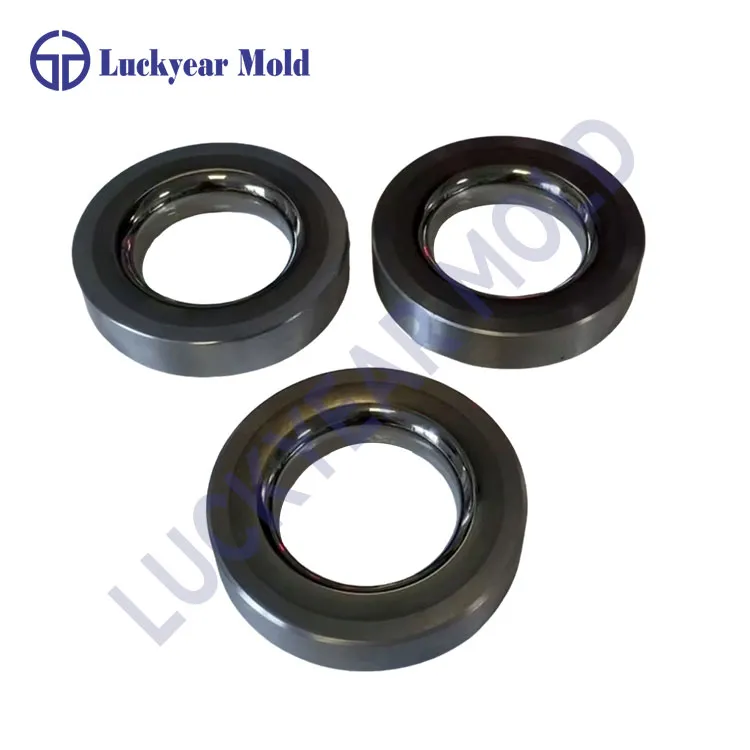Exploring the Role of Carbide Dies Without Head in Modern Manufacturing
2024-11-20
Precision tooling is the backbone of high-quality manufacturing, and carbide dies without head exemplify this principle. Designed for robust performance and versatility, these tools are integral to numerous industrial processes. This blog delves into their construction, applications, and impact on manufacturing efficiency.
Construction of Carbide Dies Without Head
At their core, carbide dies without head are cylindrical tools crafted from tungsten carbide, a composite material made by combining tungsten with carbon under high heat and pressure. The resulting material is incredibly hard, capable of withstanding intense pressures and high temperatures.
Unique Aspect:
The absence of a head gives these dies a uniform shape, making them ideal for specific manufacturing processes where space and uniform pressure are critical.
Why Tungsten Carbide?
1. Hardness:
- Among the hardest materials available, second only to diamond.
2. Wear Resistance:
- Exceptional durability under abrasive conditions.
3. Thermal Stability:
- Maintains structural integrity at high temperatures.
4. Corrosion Resistance:
- Ensures longevity, even in harsh chemical environments.
Key Industries Utilizing Carbide Dies Without Head
1. Automotive
- Used in the production of high-precision engine components and transmission parts.
2. Aerospace
- Essential for shaping lightweight yet durable materials like titanium and aluminum alloys.
3. Electrical and Electronics
- Integral to the production of fine wires and connectors.
4. Medical Devices
- Enables the creation of intricate components for surgical tools and implants.
5. Construction
- Applied in the manufacturing of heavy-duty fasteners and reinforced materials.
Advantages in Manufacturing
1. Precision and Accuracy:
- Perfect for applications requiring tight tolerances.
2. Reduced Maintenance:
- High resistance to wear minimizes downtime for replacements or repairs.
3. Environmental Suitability:
- Performs well in both high-pressure and high-temperature environments.
4. Enhanced Productivity:
- Their longevity and reliability support uninterrupted operations.
5. Customizability:
- Available in various sizes and specifications to suit diverse industrial needs.
Challenges and Solutions
Challenge:
- Higher initial cost compared to other materials.
Solution:
- The durability and performance of tungsten carbide outweigh the initial investment, offering long-term cost benefits.
Challenge:
- Limited flexibility in extremely complex shapes.
Solution:
- Advanced machining and hybrid materials are expanding the possibilities for carbide die designs.
Future Trends in Carbide Dies
1. Advanced Coatings:
- New coatings are enhancing the wear resistance and lifespan of carbide dies.
2. Automation Integration:
- Compatibility with automated systems for improved efficiency.
3. Sustainability:
- Recycling of tungsten carbide to reduce waste and improve cost-effectiveness.
Carbide dies without head are a testament to engineering excellence, offering unmatched precision and durability. Their impact on industries ranging from automotive to aerospace underscores their importance in modern manufacturing. As technologies advance, these tools will continue to evolve, setting new benchmarks for efficiency and quality.



